Forums
- Forums
- Duggy's Reference Hangar
- USAAF / USN Library
- Martin P4M Mercator
Martin P4M Mercator
Post a reply
- Go to Previous topic
- Go to Next topic
- Go to Welcome
- Go to Introduce Yourself
- Go to General Discussion
- Go to Screenshots, Images and Videos
- Go to Off topic
- Go to Works in Progress
- Go to Skinning Tips / Tutorials
- Go to Skin Requests
- Go to IJAAF Library
- Go to Luftwaffe Library
- Go to RAF Library
- Go to USAAF / USN Library
- Go to Misc Library
- Go to The Ops Room
- Go to Made in Germany
- Go to Campaigns and Missions
- Go to Works in Progress
- Go to Juri's Air-Raid Shelter
- Go to Campaigns and Missions
- Go to Works in Progress
- Go to Skinpacks
- Go to External Projects Discussion
- Go to Books & Resources
-
6 years agoMon Jan 01 2024, 02:17pmDuggy
 Main AdminThe Martin P4M Mercator was a maritime reconnaissance aircraft built by the Glenn L. Martin Company. The Mercator was an unsuccessful contender for a United States Navy requirement for a long-range maritime patrol bomber, with the Lockheed P2V Neptune chosen instead. It saw a limited life as a long-range electronic reconnaissance aircraft. Its most unusual feature was that it was powered by a combination of piston engines and turbojets, the latter being in the rear of the engine nacelles.
Main AdminThe Martin P4M Mercator was a maritime reconnaissance aircraft built by the Glenn L. Martin Company. The Mercator was an unsuccessful contender for a United States Navy requirement for a long-range maritime patrol bomber, with the Lockheed P2V Neptune chosen instead. It saw a limited life as a long-range electronic reconnaissance aircraft. Its most unusual feature was that it was powered by a combination of piston engines and turbojets, the latter being in the rear of the engine nacelles.
Design and development
Work began on the Model 219 in 1944, as a replacement for the PB4Y Privateer long-range patrol bomber, optimised for long range minelaying missions, with the first flight being on 20 October 1946. A large and complicated aircraft, it was powered by two Pratt & Whitney R4360 Wasp Major 28-cylinder radial engines. To give a boost during takeoff and combat, two Allison J33 turbojets were fitted in the rear of the two enlarged engine nacelles, the intakes being beneath and behind the radial engines. The jets, like those on most other piston/jet hybrids, burned gasoline instead of jet fuel which eliminated the need for separate fuel tanks.
A tricycle undercarriage was fitted, with the nosewheel retracting forwards. The single-wheel main legs retracted into coverless fairings in the wings, so that the sides of the wheels could be seen even when retracted. The wings themselves, unusually, had a different airfoil cross-section on the inner wings than the outer.
Heavy defensive armament was fitted, with two 20 mm (.79 in) cannon in an Emerson nose turret and a Martin tail turret, and two 0.5 in (12.7 mm) machine guns in a Martin dorsal turret. The bomb bay was, like British practice, long and shallow rather than the short and deep bay popular in American bombers. This gave greater flexibility in payload, including long torpedoes, bombs, mines, depth charges or extended-range fuel tanks.
Below Prototype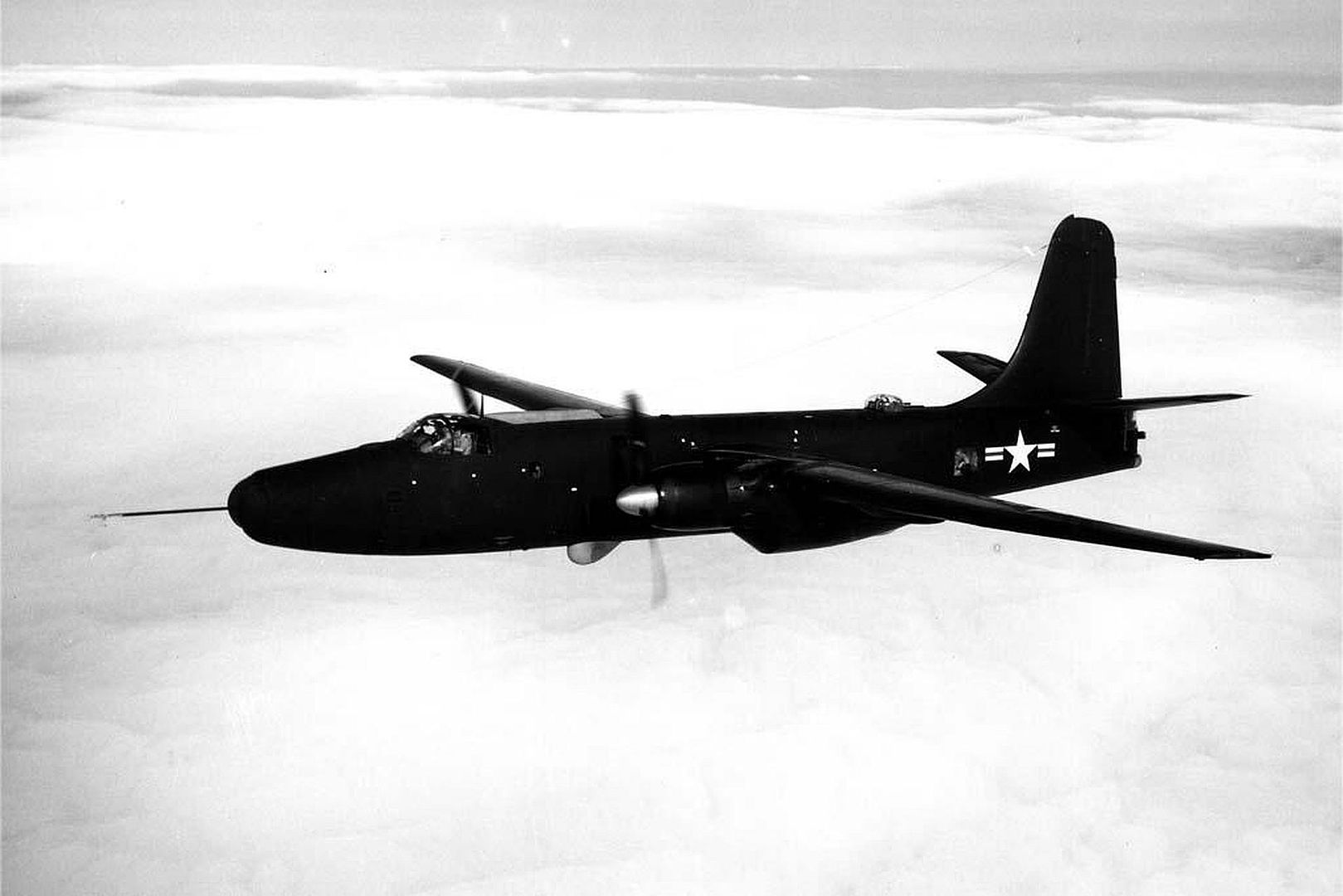
Operational history
The US Navy chose the smaller, simpler, cheaper and better performing P2V Neptune for the maritime patrol requirement, but nineteen aircraft were ordered in 1947 for high-speed minelaying purposes. The P4M entered service with Patrol Squadron 21 (VP-21) in 1950, the squadron deploying to NAS Port Lyautey in French Morocco. It remained in use with VP-21 until February 1953.
From 1951, the 18 surviving production P4Ms were modified for the electronic reconnaissance (or SIGINT, for signals intelligence) mission as the P4M-1Q, to replace the PB4Y-2 Privateer. The crew was increased to 14 and later 16 to operate all the surveillance gear, and the aircraft was fitted with a large number of different antennas.
Starting in October 1951, electronic surveillance missions were flown from U.S. Naval Station Sangley Point in the Philippines (and, later from the Naval Air Station Iwakuni, Japan, and later Naval Air Station Atsugi, Japan, by a secretive unit that eventually gained the designation Fleet Air Reconnaissance Squadron One (VQ-1). Long missions were flown along the coast (about 30 NM offshore) of Vietnam, China, North Korea and the eastern Soviet Union, and were of a highly secret nature; the aircraft sometimes masqueraded as regular P2V Neptunes in radio communications, and often flew with false serial numbers (Bureau Numbers) painted under the tail. Operational missions were always flown at night, during the dark with the moon when possible, and with no external running lights.
One Mercator was shot down near Shanghai by Chinese fighters on 22 August 1956, with its crew of 16 all killed.Another P4M-1Q was attacked by two North Korean MiG-17s on 16 June 1959 with heavy damage and serious injury to the tail gunner. The aircraft were also operated out of Morocco by VQ-2, where one aircraft was intercepted near Ukrainian airspace by Soviet MiGs. It was shot down by the MiGs and crashed into Mediterranean Sea with the loss of all crew. Another, on 6 February 1952, ditched north of Cyprus at night, out of fuel, with no power, losing only the Aircraft Commander/pilot after they were in the water (See United States Naval Institute, Naval History, March/April 1997). The crew was rescued by HMS Chevron. One P4M-1Q of JQ-3 crashed at Ocean View, Virginia, on 6 January 1958, when it lost an engine on approach to NAS Norfolk, Virginia, killing four crew and injuring three civilians.
The Mercators were replaced by the EA-3B Skywarrior, which, being carrier-based, had a greater degree of flexibility and the larger Lockheed WV-2Q Warning Star. Final withdrawal from service was in 1960 after which all of the remaining P4Ms were scrapped.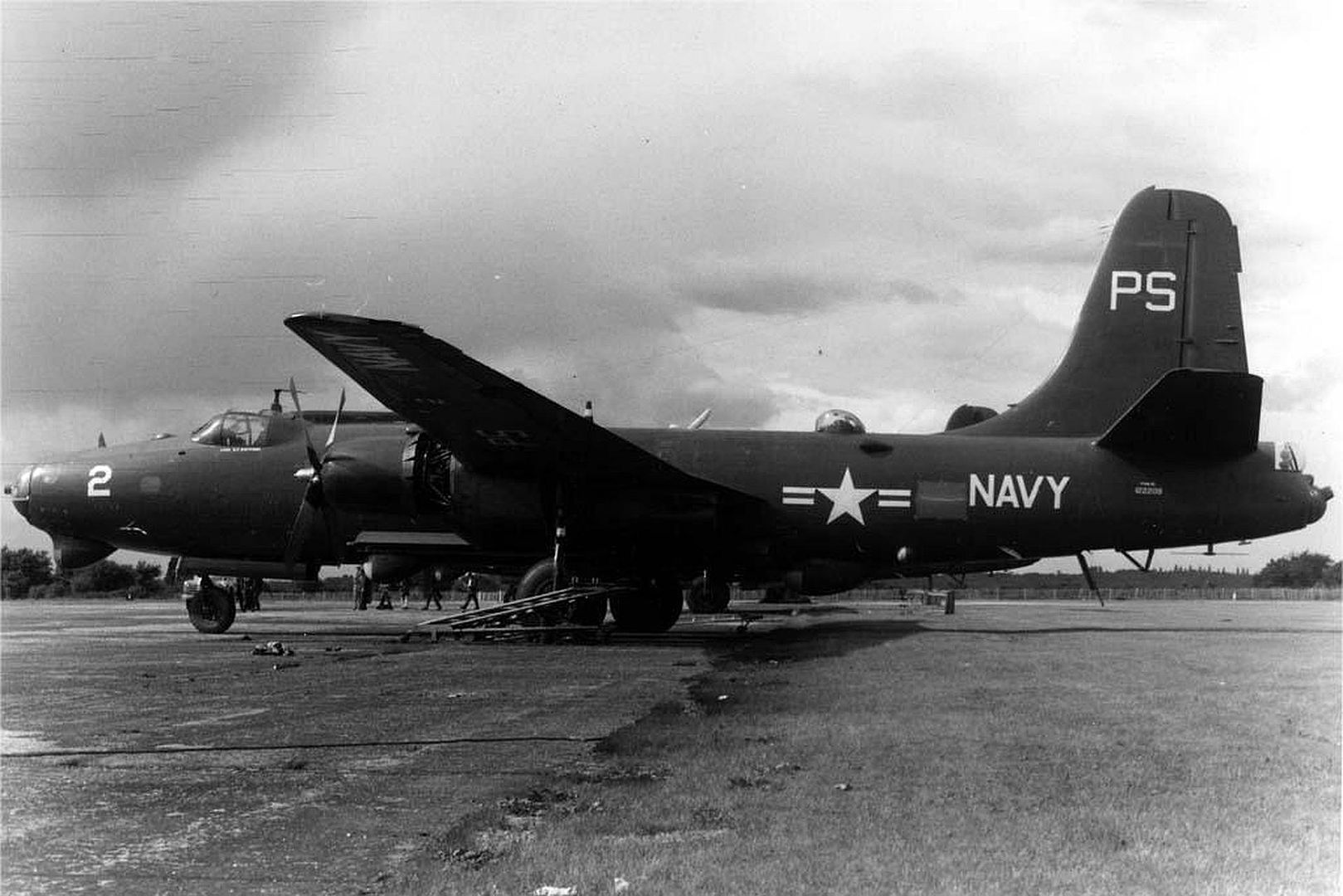



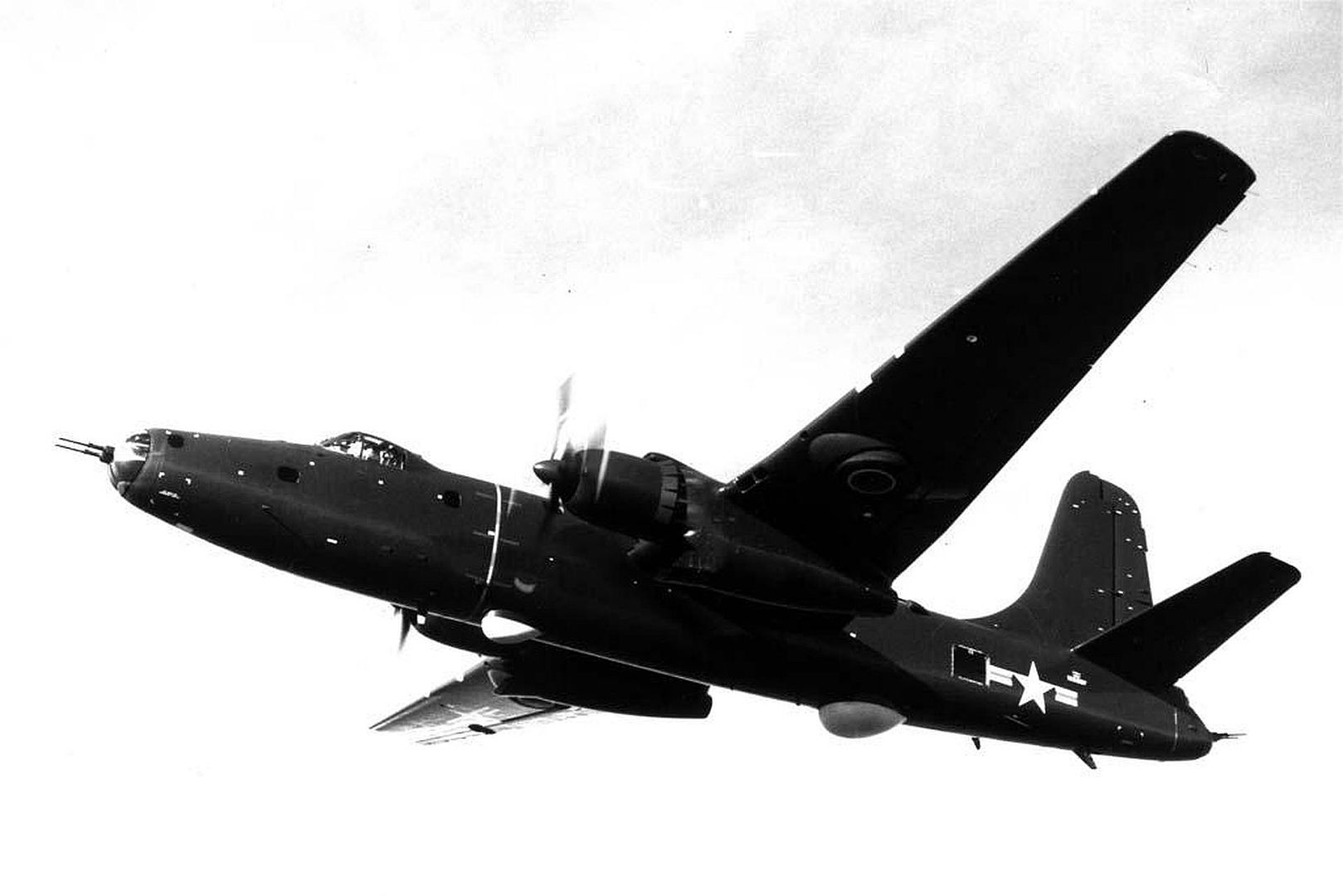
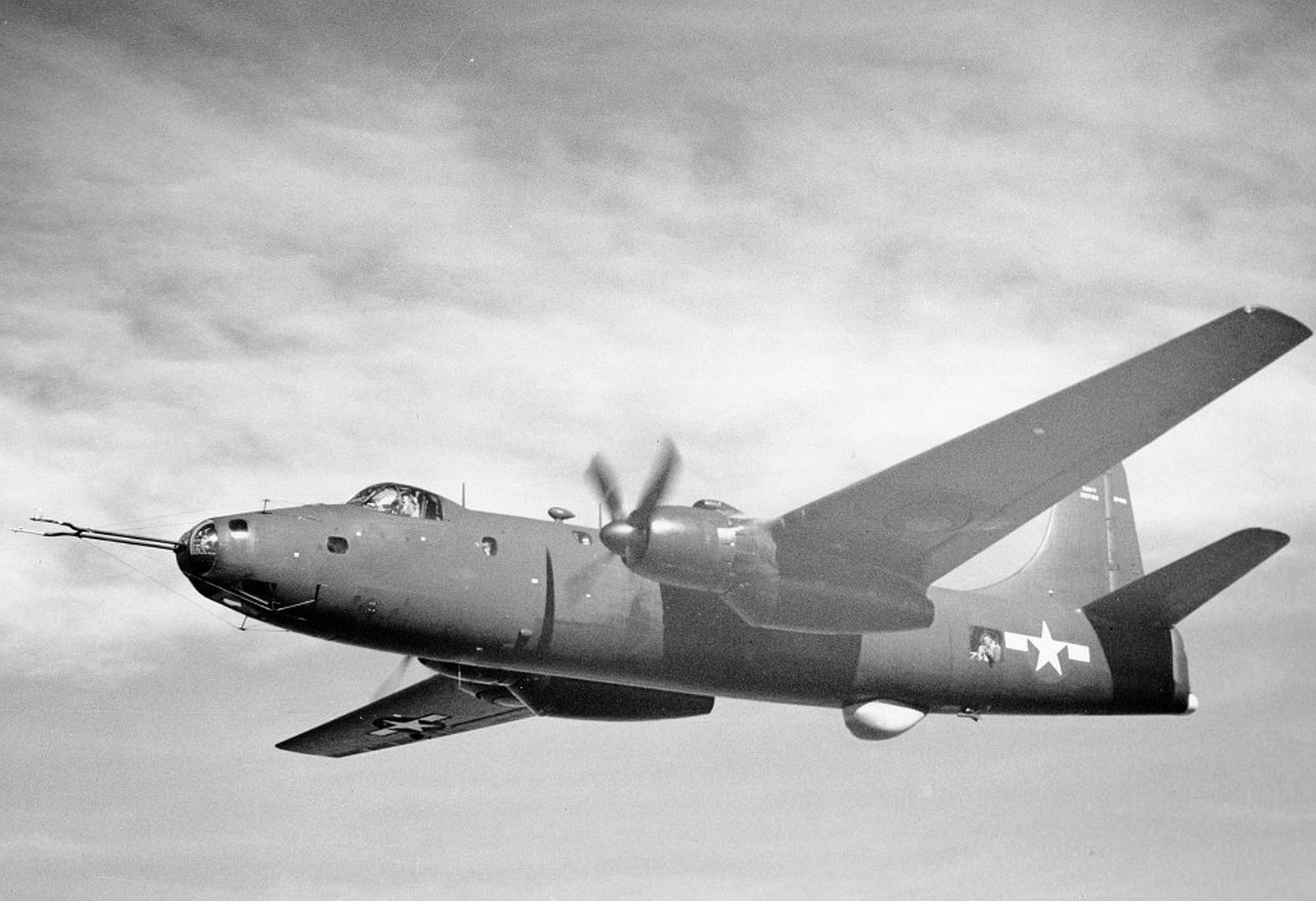
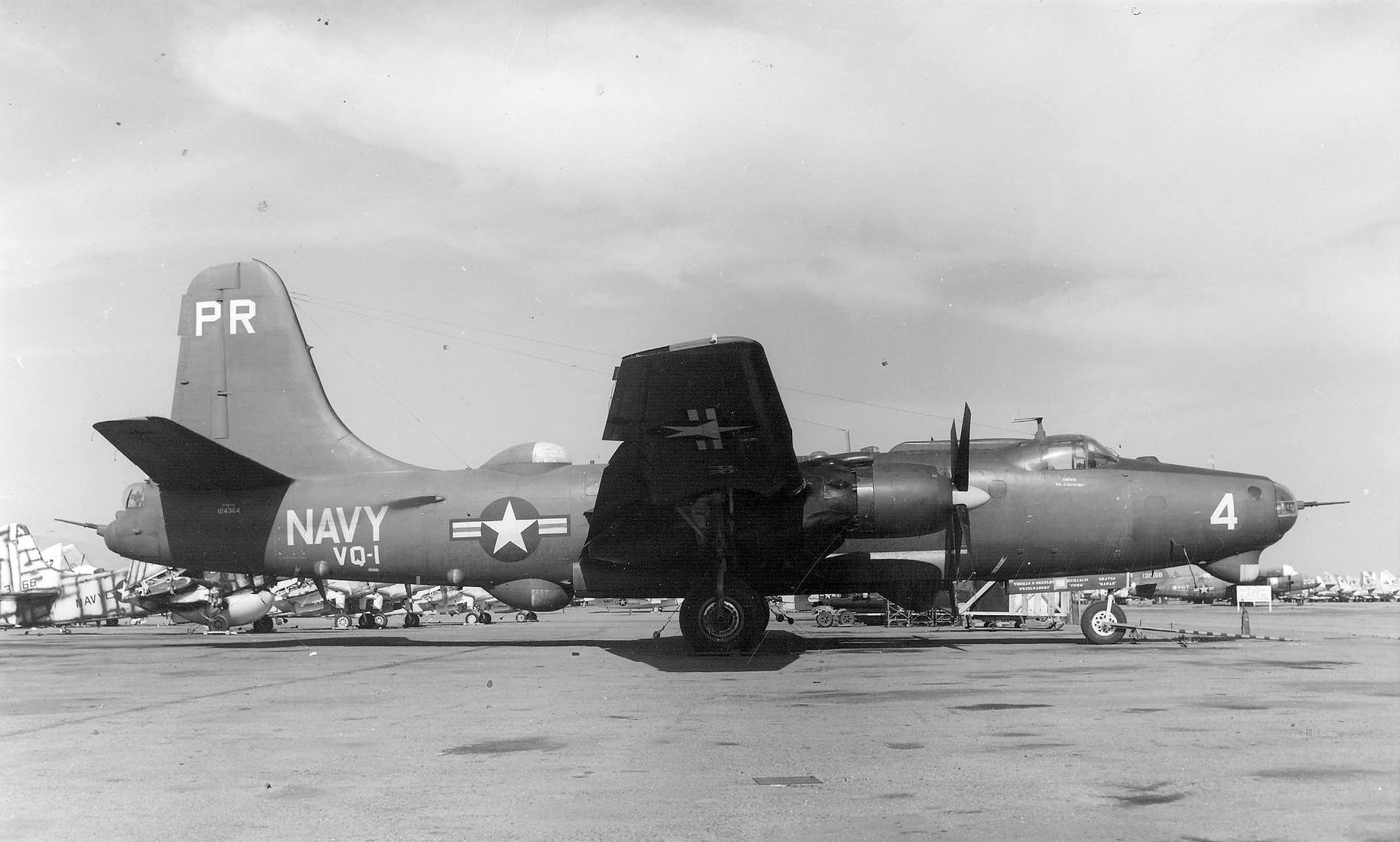
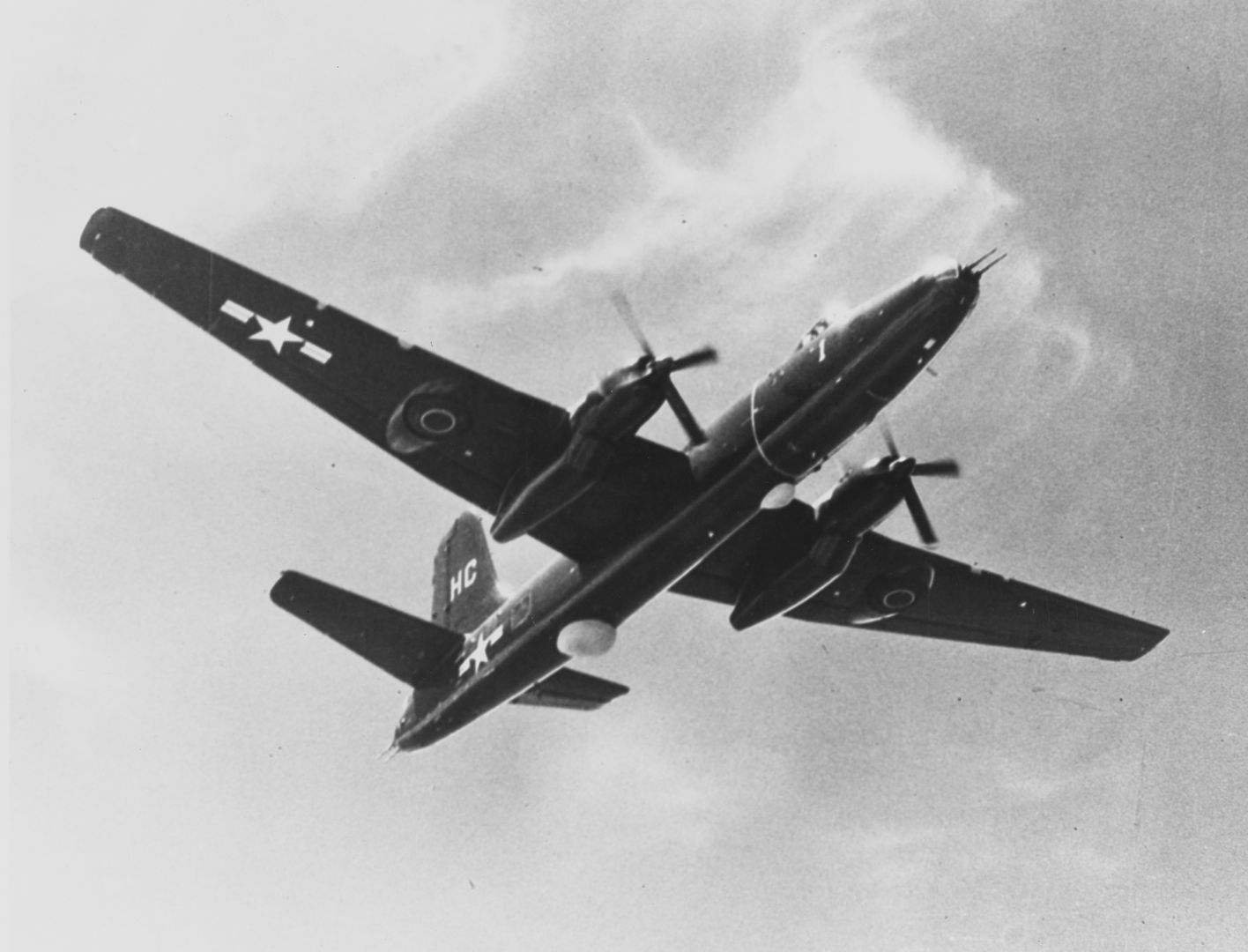
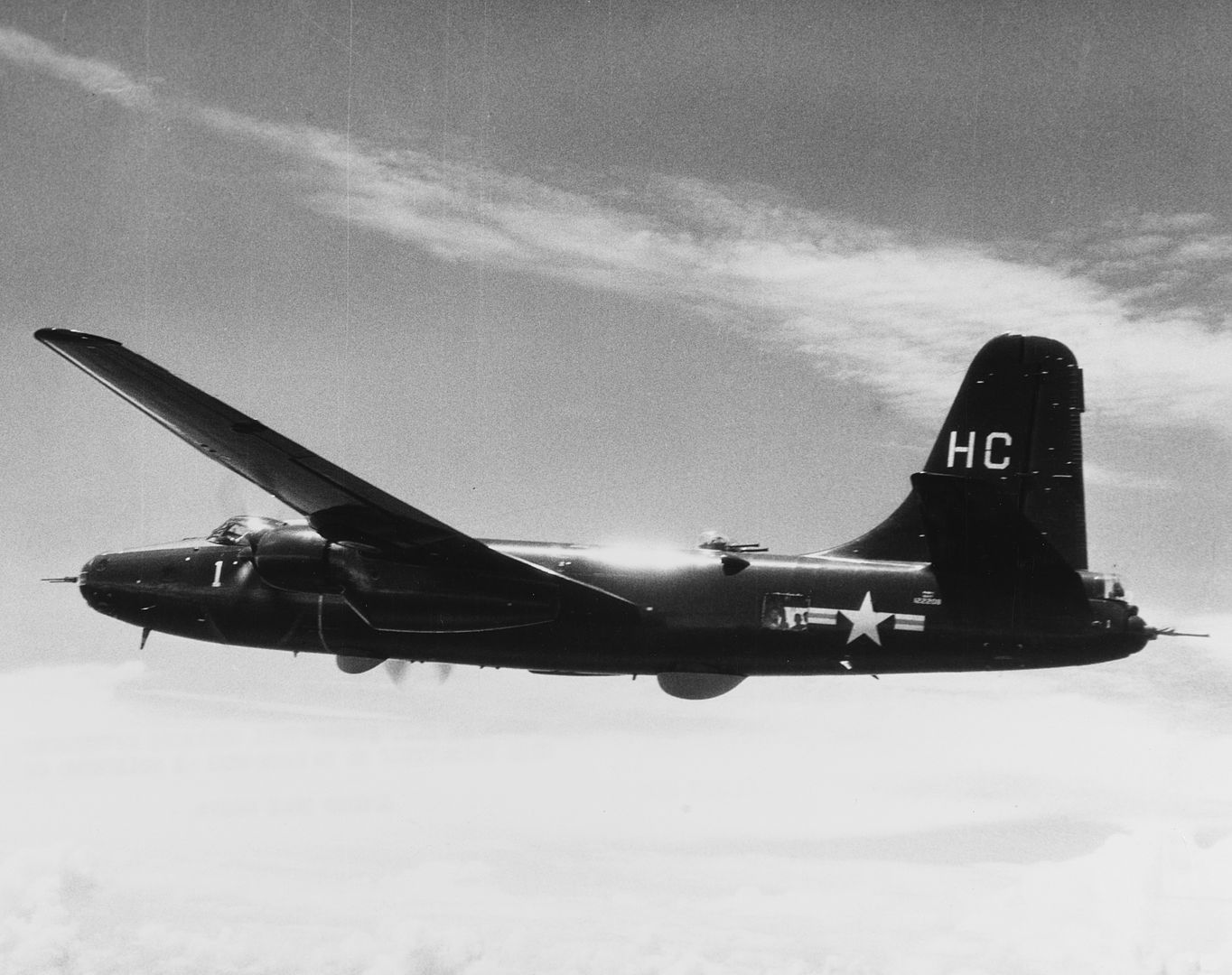
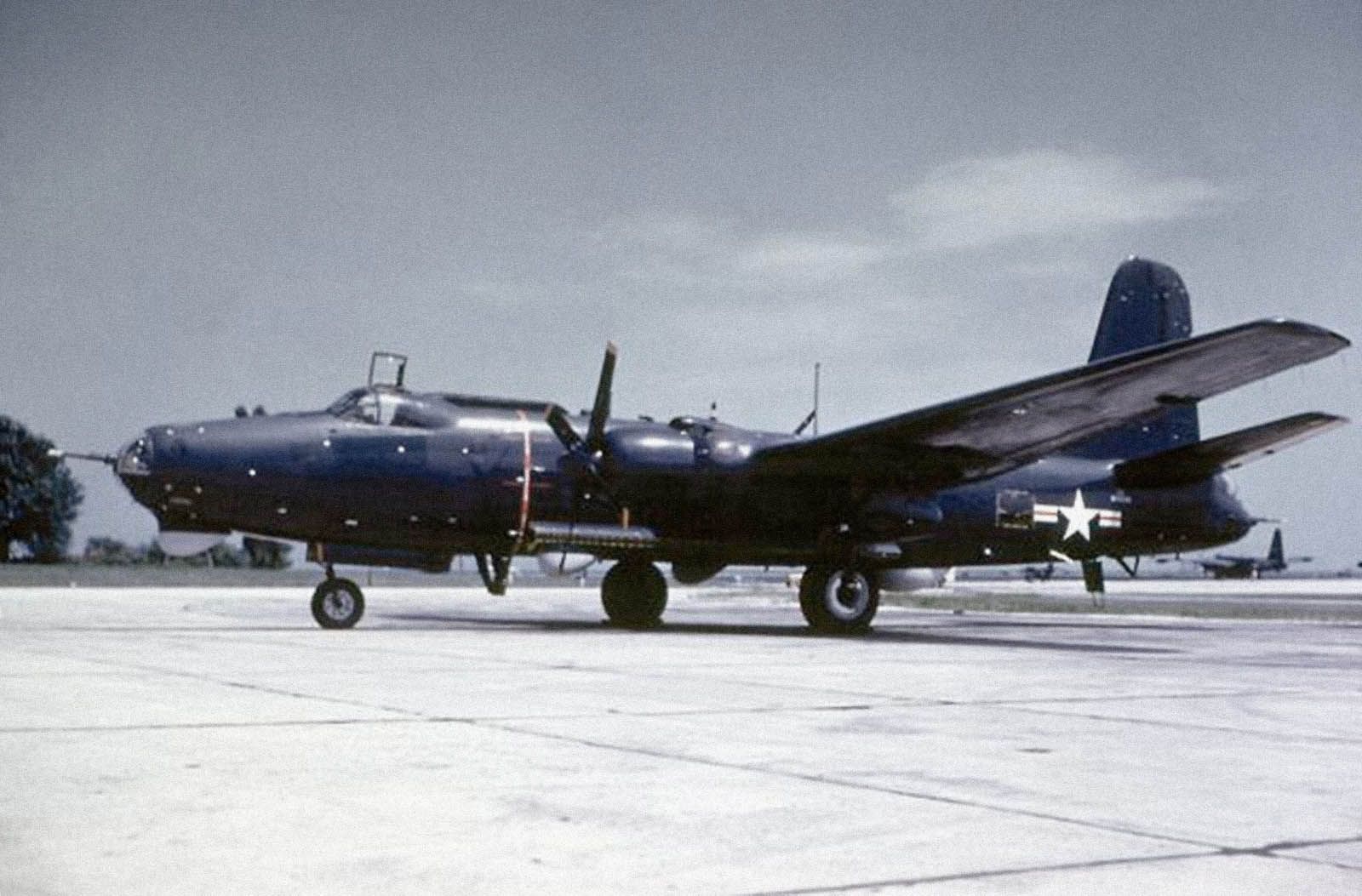
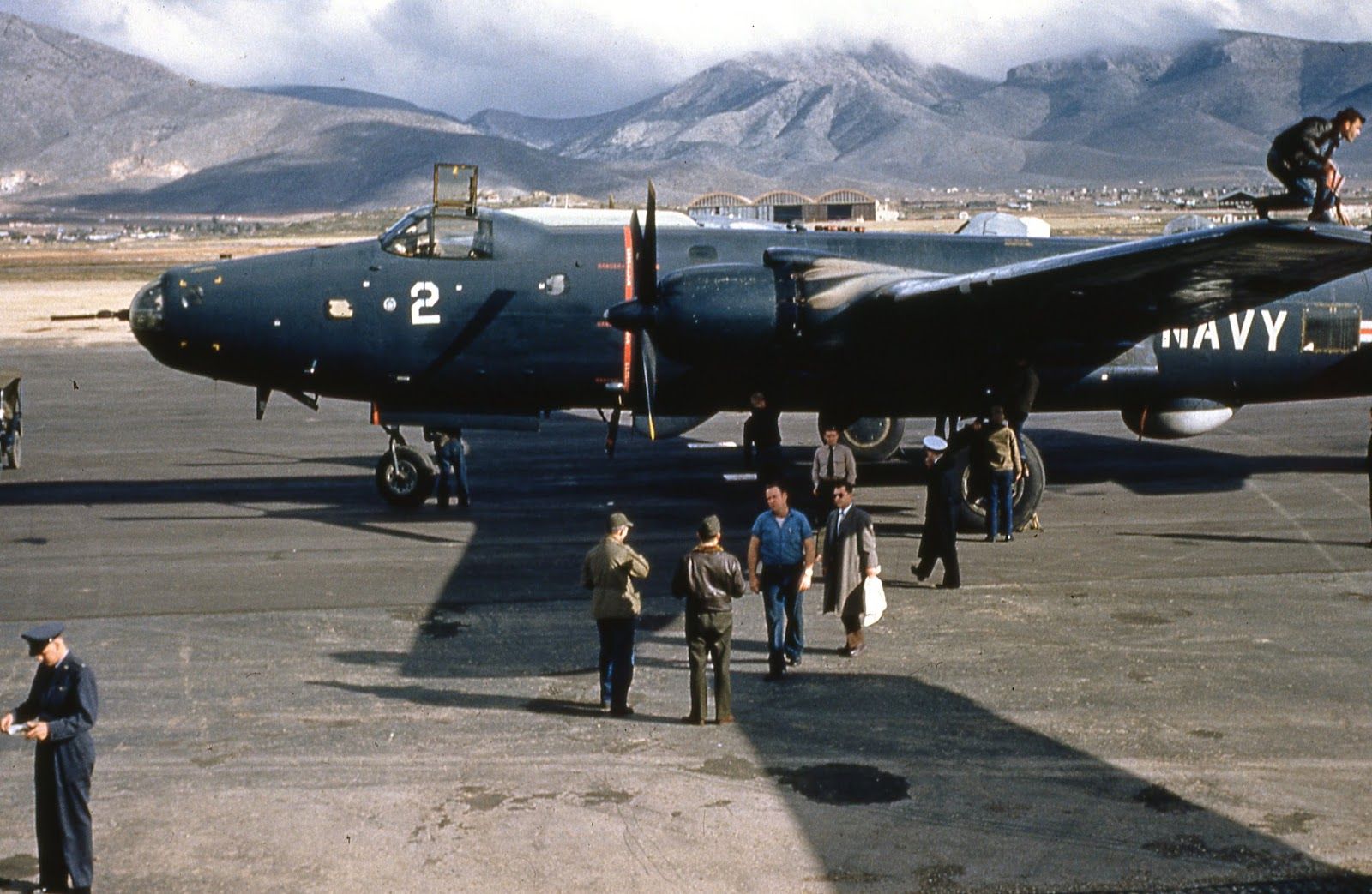
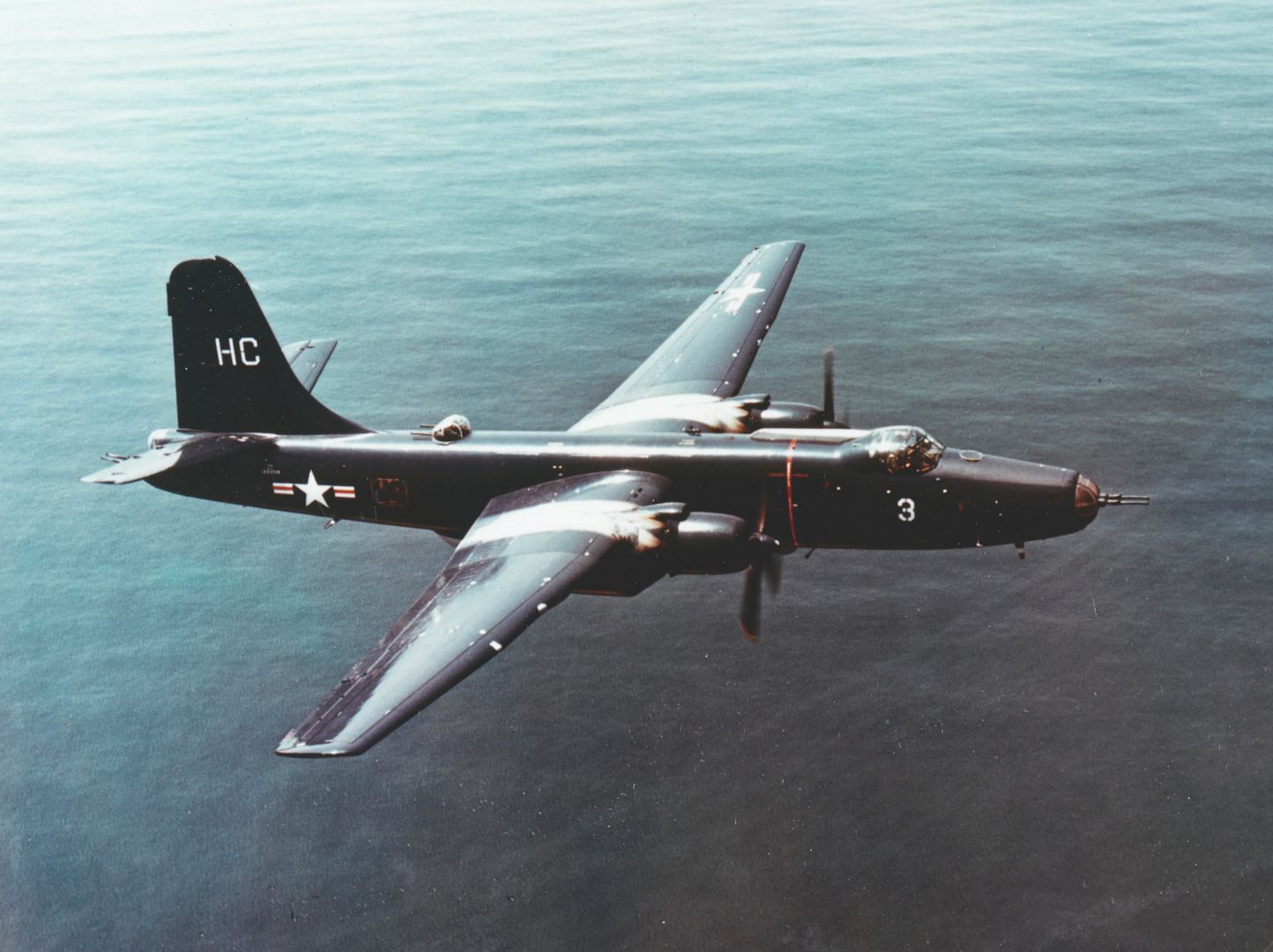
General characteristics
Crew: nine
Length: 85 ft 2 in (26.0 m)
Wingspan: 114 ft 0 in (34.7 m)
Height: 26 ft 1 in (8.0 m)
Wing area: 1,311 ft? (122 m?)
Empty weight: 48,536 lb (22,016 kg)
Loaded weight: 88,378 lb (40,088 kg)
Max. takeoff weight: lb (kg)
Powerplant:
2 ? Allison J33-A-23 turbojets, 4,600 lbf (20 kN) each
2 ? Pratt & Whitney R-4360 Wasp Major radial engines, 3,250 hp (2,420 kW) each
Performance
Maximum speed: 410 mph (660 km/h)
Range: 2,840 mi (4,570 km)
Service ceiling: 34,600 ft (10,500 m)
Rate of climb: ft/min (m/s)
Armament
4 ? 20 mm (.79 in) cannons in nose and tail turrets
2 ? .50 in (12.7 mm) machine guns in dorsal turret
Up to 12,000 lb (5,400 kg) of bombs, mines, depth charges, or torpedoes
Avionics
AN/APS-33 search radar
Post a reply
- Go to Previous topic
- Go to Next topic
- Go to Welcome
- Go to Introduce Yourself
- Go to General Discussion
- Go to Screenshots, Images and Videos
- Go to Off topic
- Go to Works in Progress
- Go to Skinning Tips / Tutorials
- Go to Skin Requests
- Go to IJAAF Library
- Go to Luftwaffe Library
- Go to RAF Library
- Go to USAAF / USN Library
- Go to Misc Library
- Go to The Ops Room
- Go to Made in Germany
- Go to Campaigns and Missions
- Go to Works in Progress
- Go to Juri's Air-Raid Shelter
- Go to Campaigns and Missions
- Go to Works in Progress
- Go to Skinpacks
- Go to External Projects Discussion
- Go to Books & Resources
